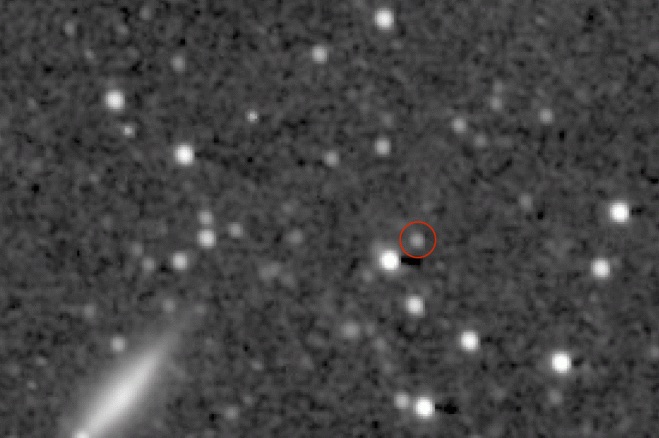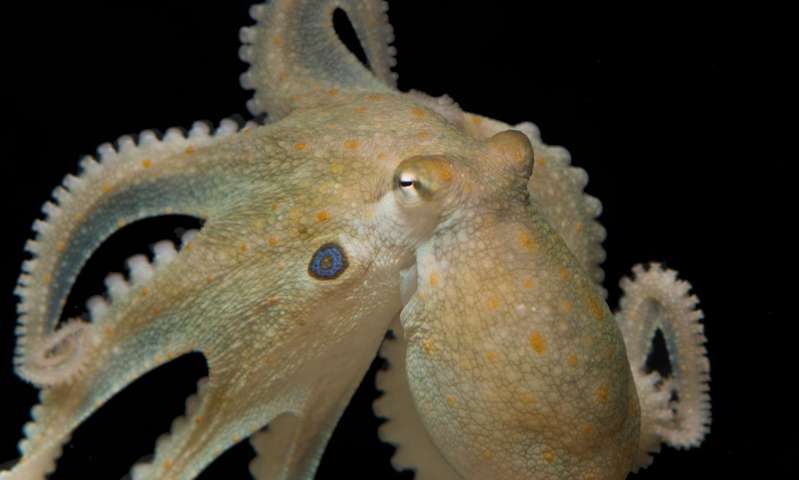NASA’s New Horizons spacecraft has photographed a distant dwarf planet cruising through the dark depths of the outer solar system.
Quaoar, also designated 2002 LM60, is about 690 miles (1,100 km) in diameter.
It was discovered on June 4, 2002 by California Institute of Technology astronomers Michael Brown and Chadwick Trujillo using images from the Palomar 48-inch telescope.
Quaoar has one known moon, Weywot, discovered on February 22, 2007. Weywot’s diameter is estimated to be about 50 miles (80 km).
Like the dwarf planet Pluto, Quaoar dwells in the Kuiper Belt, an icy debris field of comet-like bodies.
It orbits at 45.1-45.6 AU (astronomical units) from the Sun and has an orbital period of 284.5 years.
New Horizons’ location in the Kuiper Belt gives the spacecraft a uniquely oblique view of the small objects like Quaoar orbiting so far from the Sun.
When the new images of Quaoar were taken by New Horizons’ Long Range Reconnaissance Imager (LORRI) on July 13-14, 2016, the object was about 1.3 billion miles (2.1 billion km) from the spacecraft.
With the oblique view available from New Horizons, LORRI sees only a portion of Quaoar’s illuminated surface, which is very different from the nearly fully illuminated view of the object from Earth.
Comparing Quaoar from the two very different perspectives gives New Horizons scientists a valuable opportunity to study the light-scattering properties of the object’s surface.
New Horizons is currently 3.32 billion miles (5.34 billion km) from Earth and 306.7 million miles (493.6 million km) beyond Pluto, with all systems healthy and operating normally.
It is on course for a close flyby of another Kuiper Belt object, 2014 MU69, on January 1, 2019.













